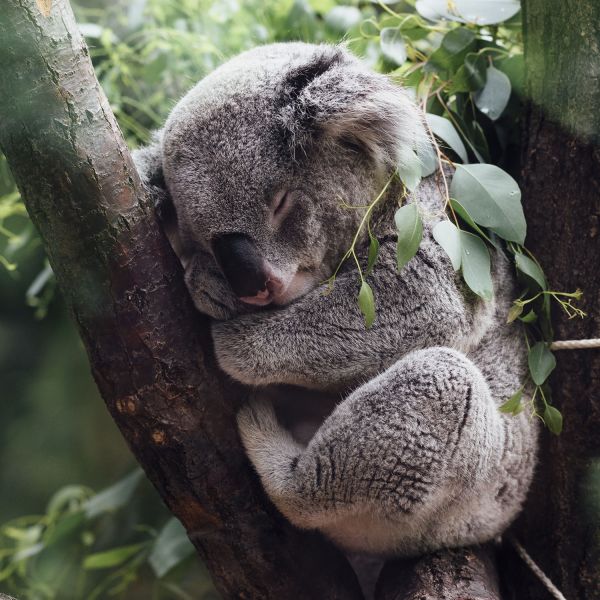A landmark study into Australia's proposed first large national park dedicated to protecting koalas has projected additional regional economic output of $1.2 billion over the next 15 years and $1.7 billion in biodiversity value.

A landmark study into Australia's proposed first large national park dedicated to protecting koalas has projected additional regional economic output of $1.2 billion over the next 15 years and $1.7 billion in biodiversity value.
The proposed Great Koala National Park will add 175,000 hectares of native state forests to existing protected areas to establish a 315,000-hectare reserve on the NSW Mid North Coast. The site, which includes two koala metapopulations, would protect an area that is home to around 20 per cent of the NSW koala population habitat.
The research by the University of Newcastle examined the economic impact over the next 15 years estimating expenditure across three stages: park establishment, park management and visitor expenditure.
Professor Roberta Ryan said the research demonstrated clearly that the Great Koala National Park would deliver a significant uplift in jobs and revenue for the Mid-North Coast region.
"Over the next 15 years the Park is projected to generate more than 9,800 extra full-time equivalent jobs across tourism, infrastructure, and science and education, and inject $330 million in additional wages into the region," Professor Ryan said.
The employment projections estimated the phasing out of approximately 675 direct and related forestry full-time equivalent jobs over a 10-year state forest native logging industry transition period.
"The research found that the loss of jobs in the medium-term in the state forest native logging industry would be more than compensated by the creation of new jobs in the management of the national park and in eco-tourism."
The research projected that the positive impact on the tourism economy would be significant including accounting for the effects of COVID-19.
"The research estimates conservatively that the Great Koala National Park would boost the tourism sector by an additional 1 million visitors to the region by the end of 15 years who will spend $412 million," she said.
The University study quantified the biodiversity value of transitioning 175,000 hectares of state forests to national park using the 'Willingness to Pay' methodology – a well-established international approach used to assess the community's willingness to pay to preserve the biodiversity for iconic sites, such as the Great Barrier Reef.
"Given the significant decline in the koala population from drought and bushfire and that we are confronting the reality of their extinction, the environmental value of each individual koala is now significantly higher than previously," Professor Ryan said.
"The biodiversity value of the koala is estimated to be $530 million for the NSW population and $1.7 billion for all Australians."
The proposed Great Koala National Park spans five local government areas – Bellingen, Clarence Valley, Coffs Harbour, Kempsey and Nambucca. The project steering group comprised the three funding partners of Bellingen Shire Council, Coffs Harbour City Council and Destination North Coast NSW together with the Great Koala National Park project principal.
The Great Koala National Park economic impact assessment and environmental benefit analysis is available at www.hrf.com.au/gknp (NB: live from 6am 2 February 2021.)






